********** FOOD **********
return to top
6 kid-friendly, vegetable-packed recipes for picky eaters
Wed, 24 Apr 2024 16:00:25 +0000
Bulk up enchiladas or mac and cheese with a generous helping of vegetables for dishes even the pickiest eaters will love.
Match ID: 0 Score: 50.00 source: www.washingtonpost.com age: 0 days
qualifiers: 30.00 food, 20.00 recipes
Hungry? These are 5 of the best new food halls in the D.C. area.
Thu, 25 Apr 2024 14:30:48 +0000
Food halls continue to pop up all over the DMV. We tell you what to expect at five of the best new ones, including the Square, Water Park and Upside on Moore.
Match ID: 1 Score: 30.00 source: www.washingtonpost.com age: 0 days
qualifiers: 30.00 food
This spicy bucatini with crab is a restaurant dish worth making at home
Thu, 25 Apr 2024 13:00:03 +0000
Spicy tomato butter and jumbo lump crab add a little luxury to a weeknight recipe.
Match ID: 2 Score: 30.00 source: www.washingtonpost.com age: 0 days
qualifiers: 30.00 food
MPs call for clarity over post-Brexit border checks on EU plant and food products
Thu, 25 Apr 2024 12:53:47 GMT
Sanitary and phytosanitary (SPS) checks were due to start next week but committee raises concerns over delays to plan
MPs have cast doubt over the UK government’s readiness for post-Brexit border control checks, which are due to come in next week, arguing that a scaling back of its plans appeared to represent a sixth delay to their long-awaited introduction.
The environment, food and rural affairs select committee (EFRA) has written to the government demanding clarity over the exact nature of the physical inspections on plant and food products, after it emerged these may be significantly scaled back due to fears of delays at the border.
Continue reading...Scheme for plastic bottles and cans put back to 2027 while environment minister says glass recycling ‘unduly’ complex
A UK deposit return scheme for recycling drinks bottles has been delayed to 2027, meaning it will not be in place until almost a decade after it was proposed.
Campaigners say the delay is a “huge disappointment”, adding they are doubly dismayed that the plan will not include glass bottles.
Continue reading...As Taylor Swift tops $1bn in tour revenue, musicians playing smaller venues are facing pitiful fees and frequent losses. Should the state step in to save our live music scene?
When you see a band playing to thousands of fans in a sun-drenched festival field, signing a record deal with a major label or playing endlessly from the airwaves, it’s easy to conjure an image of success that comes with some serious cash to boot – particularly when Taylor Swift has broken $1bn in revenue for her current Eras tour. But looks can be deceiving. “I don’t blame the public for seeing a band playing to 2,000 people and thinking they’re minted,” says artist manager Dan Potts. “But the reality is quite different.”
Post-Covid there has been significant focus on grassroots music venues as they struggle to stay open. There’s been less focus on the actual ability of artists to tour these venues. David Martin, chief executive officer of the Featured Artists Coalition (FAC), says we’re in a “cost-of-touring crisis”. Pretty much every cost attached to touring – van hire, crew, travel, accommodation, food and drink – has gone up, while fees and audiences often have not. “[Playing] live is becoming financially unsustainable for many artists,” he says. “Artists are seeing [playing] live as a loss leader now. That’s if they can even afford to make it work in the first place.”
Continue reading...A Wild Weekend on the 42 Acres estate near Frome offers fresh air, cosy rooms, sumptuous food and a chance to get hands dirty with some land regeneration work
The honk of the geese as they take off from the lake is comically loud, reeds quiver and the reflection of the clouds on the water is momentarily fractured. A butterfly flits by, landing on my boot. We’re on a guided walk at 42 Acres, a regenerative farm, nature reserve and retreat centre near Frome in Somerset – and the whole place feels vibrantly alive.
Our guide Tasha Stevens-Vallecillo, a font of knowledge on plants and wild food and one of the visionaries shaping the retreat, stops to point out yarrow, ribwort plantain and a giant white reishi mushroom as we walk. “There’s medicine everywhere on the land. You just need to know where to look,” she says.
Continue reading...Wealthy nations exploit their position as the world’s bankers to siphon off hundreds of billions from the needy
Developing nations have long complained that globalisation has enthroned western currencies in such a way as to subsidise living standards in the rich world. Last year, Brazil, Russia, India, China and South Africa – the Brics – even talked of an alternative common currency to replace the dollar. Wealthy countries, perhaps, think that their ambitious goals for aid defuse arguments over their “exorbitant privilege”.
As TS Eliot put it, “between the idea and the reality … falls the shadow”. A paper out last week calculates that the bottom four-fifths of humanity finance the richest fifth to the tune of $660bn a year. The reason, say Gastón Nievas and Alice Sodano of the Paris School of Economics, is that wealthy countries have become the world’s bankers, able to squeeze debtors. Poor nations borrow in rich-world currencies because they run deficits in energy and food, while exporting low-value goods relative to their imports. Markets are liberalised in poor countries and profits flow to the global north.
Do you have an opinion on the issues raised in this article? If you would like to submit a response of up to 300 words by email to be considered for publication in our letters section, please click here.
Continue reading...The Basque Country’s Mondragón Corporation is the globe’s largest industrial co-operative, with workers paying for the right to share in its profits – and its losses. In return for giving more to their employer, they expect more back
When Marisa Fernández lost her husband to cancer a few years ago, her employers at the Eroski hypermarket went, she says, “above and beyond to help me through the dark days afterwards, rejigging my timetable and giving me time off when I couldn’t face coming in.”
She had a chance to return the favour recently when the store, in Arrasate-Mondragón in Spain’s Basque Country, was undergoing renovations. Fernández, 58, who started on the cashier desk 34 years ago, and now manages the store’s non-food section, volunteered to work extra shifts over the weekend along with her colleagues to ensure everything was ready for Monday morning. “It’s not just me. Everyone is ready to go the extra mile,” she says.
Continue reading...The African country accounted for two-thirds of the additional 13.5m people needing urgent help as displacement drove food insecurity globally
Sudan had the world’s largest number of people facing extreme food shortages in 2023 as conflict and displacement drove food insecurity globally, according to the UN’s Food and Agriculture Organisation (FAO).
The war between rival generals meant Sudan accounted for two-thirds of the additional 13.5 million people needing urgent help last year, while conflict also plunged Gaza into the world’s most severe food crisis with its entire population facing high levels of food insecurity.
Continue reading...Vintner Tom Gilbey raised more than £13,000 for hospice charity with challenge that went viral on social media
A wine merchant who blind tasted a different glass of wine at each mile of the London Marathon has said he feels “honoured” his challenge went viral on social media, as he surpassed his fundraising target.
Tom Gilbey, nicknamed “the wine guy”, sampled 25 glasses of wine during the race, stopping to guess the drink’s grape variety, country of origin and vintage at each mile.
Continue reading...Like countless other hostilities, the stealthy Israeli missile and drone strike on Iran doesn’t risk war. It is war.
The post Israel Attack on Iran Is What World War III Looks Like appeared first on The Intercept.
The state says EMTALA, a law barring discrimination in emergency medical care, interferes with its abortion ban.
The post Idaho Goes to the Supreme Court to Argue That Pregnant People Are Second-Class Citizens appeared first on The Intercept.
U.S. military service members interviewed for a congressional inquiry said intelligence reports about how bad the situation is were being suppressed.
The post U.S. Troops in Niger Say They’re “Stranded” and Can’t Get Mail, Medicine appeared first on The Intercept.
A weekly email from Yotam Ottolenghi, Meera Sodha, Felicity Cloake and Rachel Roddy, featuring the latest recipes and seasonal eating ideas
Each week we’ll send you an exclusive newsletter from our star food writers. We’ll also send you the latest recipes from Yotam Ottolenghi, Nigel Slater, Meera Sodha and all our star cooks, stand-out food features and seasonal eating inspiration, plus restaurant reviews from Grace Dent and Jay Rayner.
Sign up below to start receiving the best of our culinary journalism in one mouth-watering weekly email.
Continue reading...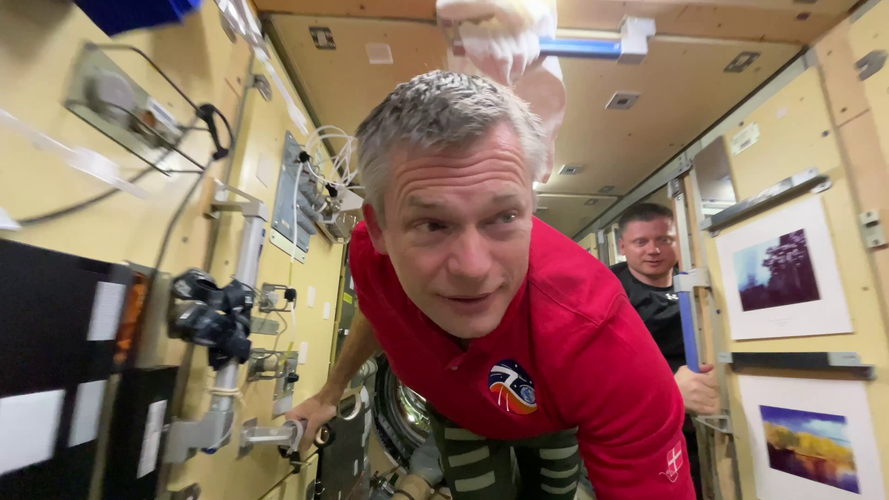 Video:
00:07:30
Video:
00:07:30
On the last day of his Huginn mission, ESA astronaut Andreas Mogensen takes us on a tour of the place he called home for 6 months: the International Space Station. From the beautiful views of Cupola to the kitchen in Node 1 filled with food and friends and all the way to the science of Columbus, the Space Station is the work and living place for astronauts as they help push science forward.
Style, with substance: what’s really trending this week, a roundup of the best fashion journalism and your wardrobe dilemmas solved, direct to your inbox every Thursday
Style, with substance: what’s really trending this week, a roundup of the best fashion journalism and your wardrobe dilemmas solved, delivered straight to your inbox every Thursday
Explore all our newsletters: whether you love film, football, fashion or food, we’ve got something for you
Continue reading...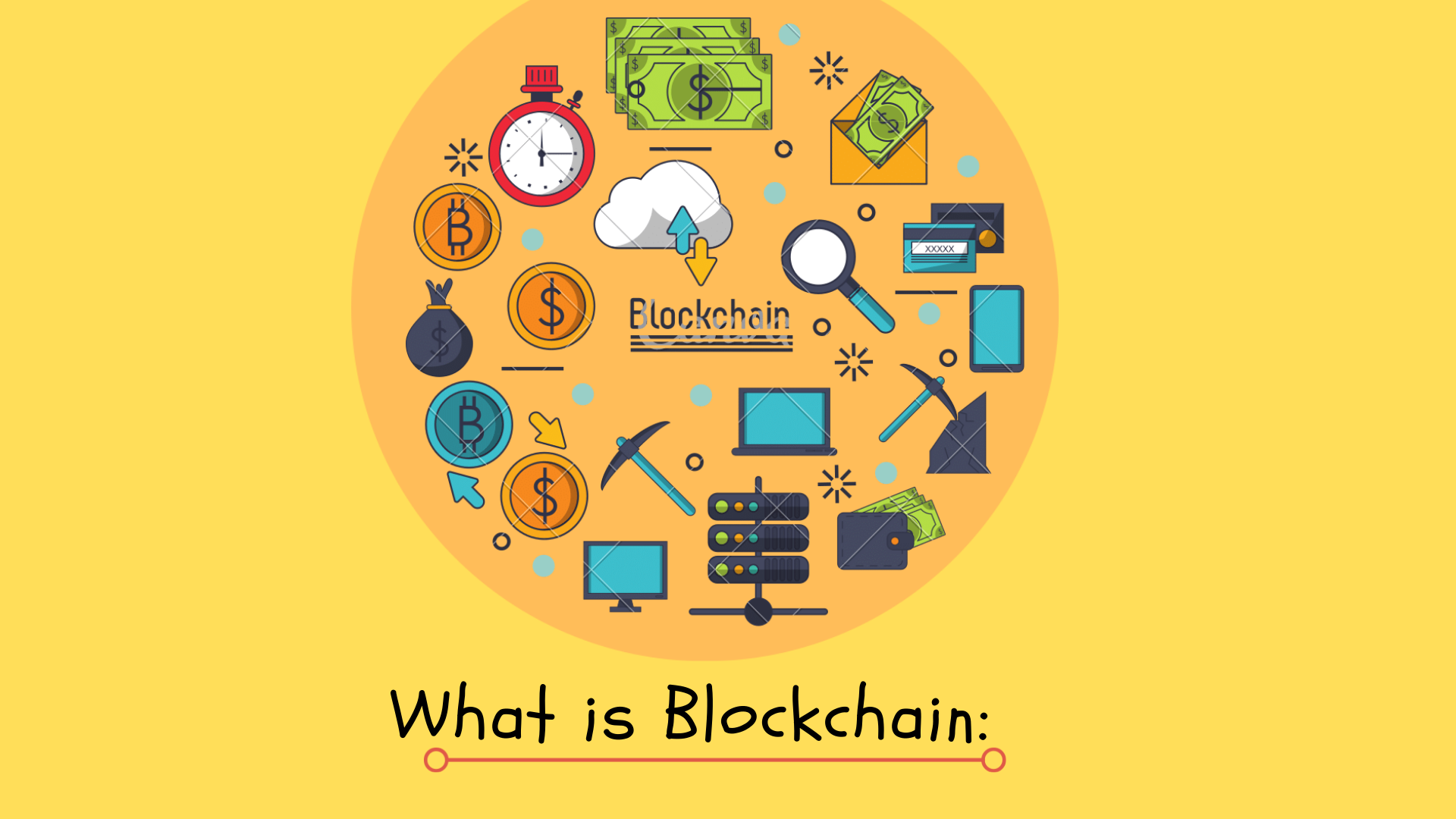 |
Imagine a world in which you can do transactions and many other things without having to give your personal information. A world in which you don’t need to rely on banks or governments anymore. Sounds amazing, right? That’s exactly what blockchain technology allows us to do.
It’s like your computer’s hard drive. blockchain is a technology that lets you store data in digital blocks, which are connected together like links in a chain.
Blockchain technology was originally invented in 1991 by two mathematicians, Stuart Haber and W. Scot Stornetta. They first proposed the system to ensure that timestamps could not be tampered with.
A few years later, in 1998, software developer Nick Szabo proposed using a similar kind of technology to secure a digital payments system he called “Bit Gold.” However, this innovation was not adopted until Satoshi Nakamoto claimed to have invented the first Blockchain and Bitcoin.
A blockchain is a distributed database shared between the nodes of a computer network. It saves information in digital format. Many people first heard of blockchain technology when they started to look up information about bitcoin.
Blockchain is used in cryptocurrency systems to ensure secure, decentralized records of transactions.
Blockchain allowed people to guarantee the fidelity and security of a record of data without the need for a third party to ensure accuracy.
To understand how a blockchain works, Consider these basic steps:
Let’s get to know more about the blockchain.
Blockchain records digital information and distributes it across the network without changing it. The information is distributed among many users and stored in an immutable, permanent ledger that can't be changed or destroyed. That's why blockchain is also called "Distributed Ledger Technology" or DLT.
Here’s how it works:
And that’s the beauty of it! The process may seem complicated, but it’s done in minutes with modern technology. And because technology is advancing rapidly, I expect things to move even more quickly than ever.
Even though blockchain is integral to cryptocurrency, it has other applications. For example, blockchain can be used for storing reliable data about transactions. Many people confuse blockchain with cryptocurrencies like bitcoin and ethereum.
Blockchain already being adopted by some big-name companies, such as Walmart, AIG, Siemens, Pfizer, and Unilever. For example, IBM's Food Trust uses blockchain to track food's journey before reaching its final destination.
Although some of you may consider this practice excessive, food suppliers and manufacturers adhere to the policy of tracing their products because bacteria such as E. coli and Salmonella have been found in packaged foods. In addition, there have been isolated cases where dangerous allergens such as peanuts have accidentally been introduced into certain products.
Tracing and identifying the sources of an outbreak is a challenging task that can take months or years. Thanks to the Blockchain, however, companies now know exactly where their food has been—so they can trace its location and prevent future outbreaks.
Blockchain technology allows systems to react much faster in the event of a hazard. It also has many other uses in the modern world.
Blockchain technology is safe, even if it’s public. People can access the technology using an internet connection.
Have you ever been in a situation where you had all your data stored at one place and that one secure place got compromised? Wouldn't it be great if there was a way to prevent your data from leaking out even when the security of your storage systems is compromised?
Blockchain technology provides a way of avoiding this situation by using multiple computers at different locations to store information about transactions. If one computer experiences problems with a transaction, it will not affect the other nodes.
Instead, other nodes will use the correct information to cross-reference your incorrect node. This is called “Decentralization,” meaning all the information is stored in multiple places.
Blockchain guarantees your data's authenticity—not just its accuracy, but also its irreversibility. It can also be used to store data that are difficult to register, like legal contracts, state identifications, or a company's product inventory.
Blockchain has many advantages and disadvantages.
I’ll answer the most frequently asked questions about blockchain in this section.
Blockchain is not a cryptocurrency but a technology that makes cryptocurrencies possible. It's a digital ledger that records every transaction seamlessly.
Yes, blockchain can be theoretically hacked, but it is a complicated task to be achieved. A network of users constantly reviews it, which makes hacking the blockchain difficult.
Coinbase Global is currently the biggest blockchain company in the world. The company runs a commendable infrastructure, services, and technology for the digital currency economy.
Blockchain is a decentralized technology. It’s a chain of distributed ledgers connected with nodes. Each node can be any electronic device. Thus, one owns blockhain.
Bitcoin is a cryptocurrency, which is powered by Blockchain technology while Blockchain is a distributed ledger of cryptocurrency
Generally a database is a collection of data which can be stored and organized using a database management system. The people who have access to the database can view or edit the information stored there. The client-server network architecture is used to implement databases. whereas a blockchain is a growing list of records, called blocks, stored in a distributed system. Each block contains a cryptographic hash of the previous block, timestamp and transaction information. Modification of data is not allowed due to the design of the blockchain. The technology allows decentralized control and eliminates risks of data modification by other parties.
Blockchain has a wide spectrum of applications and, over the next 5-10 years, we will likely see it being integrated into all sorts of industries. From finance to healthcare, blockchain could revolutionize the way we store and share data. Although there is some hesitation to adopt blockchain systems right now, that won't be the case in 2022-2023 (and even less so in 2026). Once people become more comfortable with the technology and understand how it can work for them, owners, CEOs and entrepreneurs alike will be quick to leverage blockchain technology for their own gain. Hope you like this article if you have any question let me know in the comments section
FOLLOW US ON TWITTER
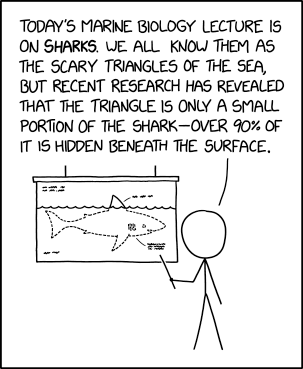
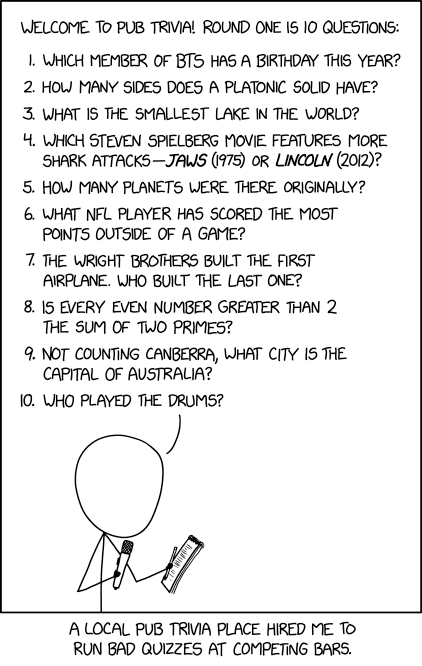
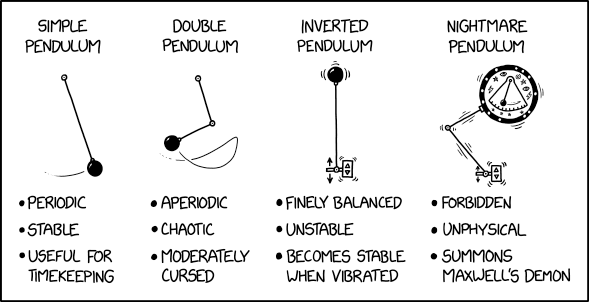
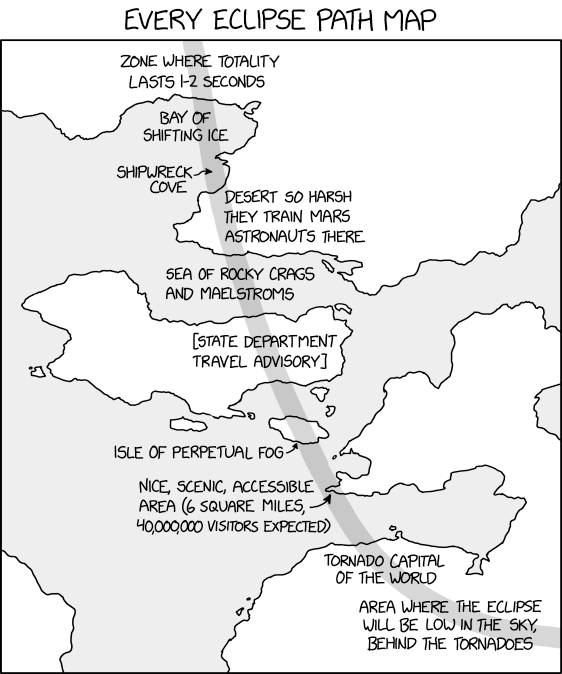
(Total Pleasure)
Are we finally seeing the real Annie Clark? Replacing alter egos with raw immediacy, she delivers one of her best albums: restlessly inventive and packed with ideas
The cover of St Vincent’s previous album, Daddy’s Home, featured Annie Clark in character: heavy eye-make up, ripped stockings, blond wig – the “benzo beauty queen” who haunted a number of songs.
Well, of course it did. Clark once released an album called Actor, and role-playing is very much her thing: the prosthetics-heavy “grotesque beast” on the sleeve of her David Byrne collaboration, Love This Giant; a “cult leader” for her eponymous 2014 album; the vertiginously heeled “dominatrix in a mental asylum” of 2017’s Masseduction. But curiously, Daddy’s Home also contained a song that appeared to question the wisdom of adopting personae at all. “So, who am I trying to be?” wondered The Melting of the Sun, before lauding a succession of confessional singer-songwriters: “Saint Joni” who wasn’t a “phony”, “brave” Tori Amos, “proud” Nina Simone. “But me, I never cried,” it added, “to tell the truth, I lied.”
Continue reading...RSS Rabbit links users to publicly available RSS entries.
Vet every link before clicking! The creators accept no responsibility for the contents of these entries.
Relevant
Fresh
Convenient
Agile
We're not prepared to take user feedback yet. Check back soon!